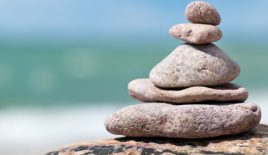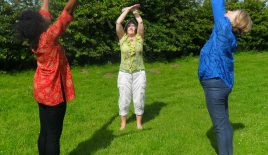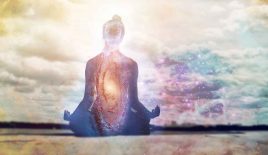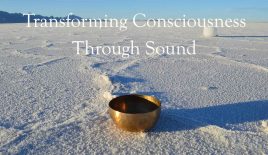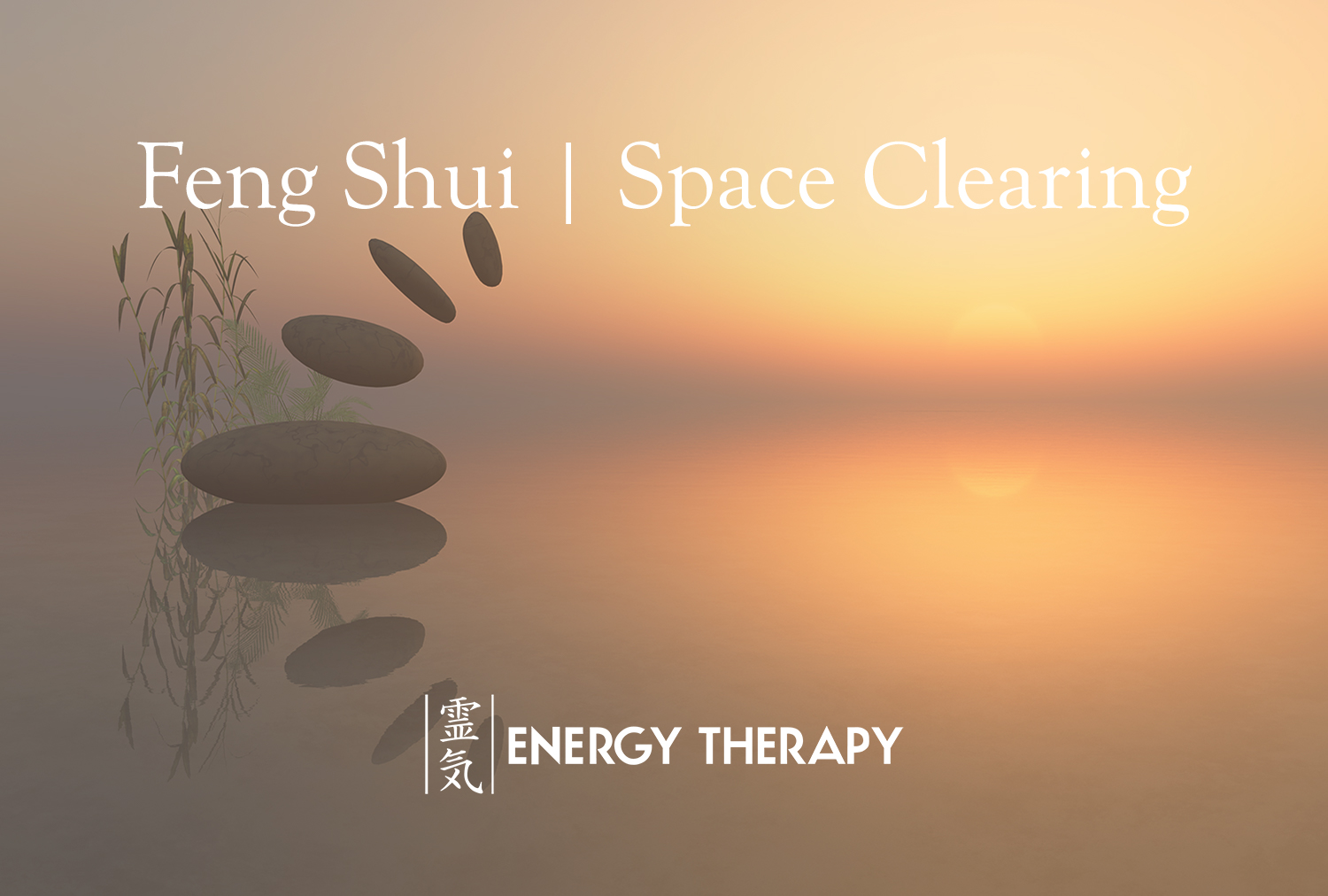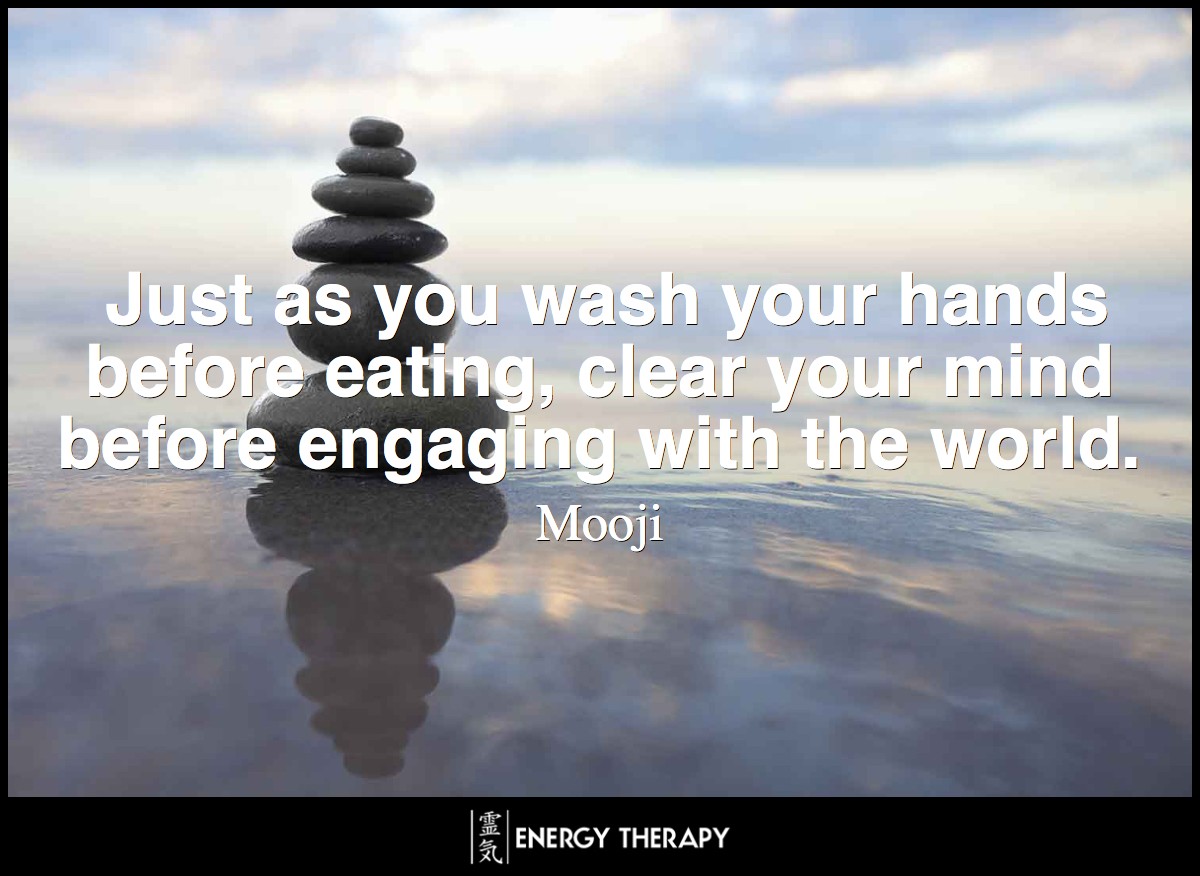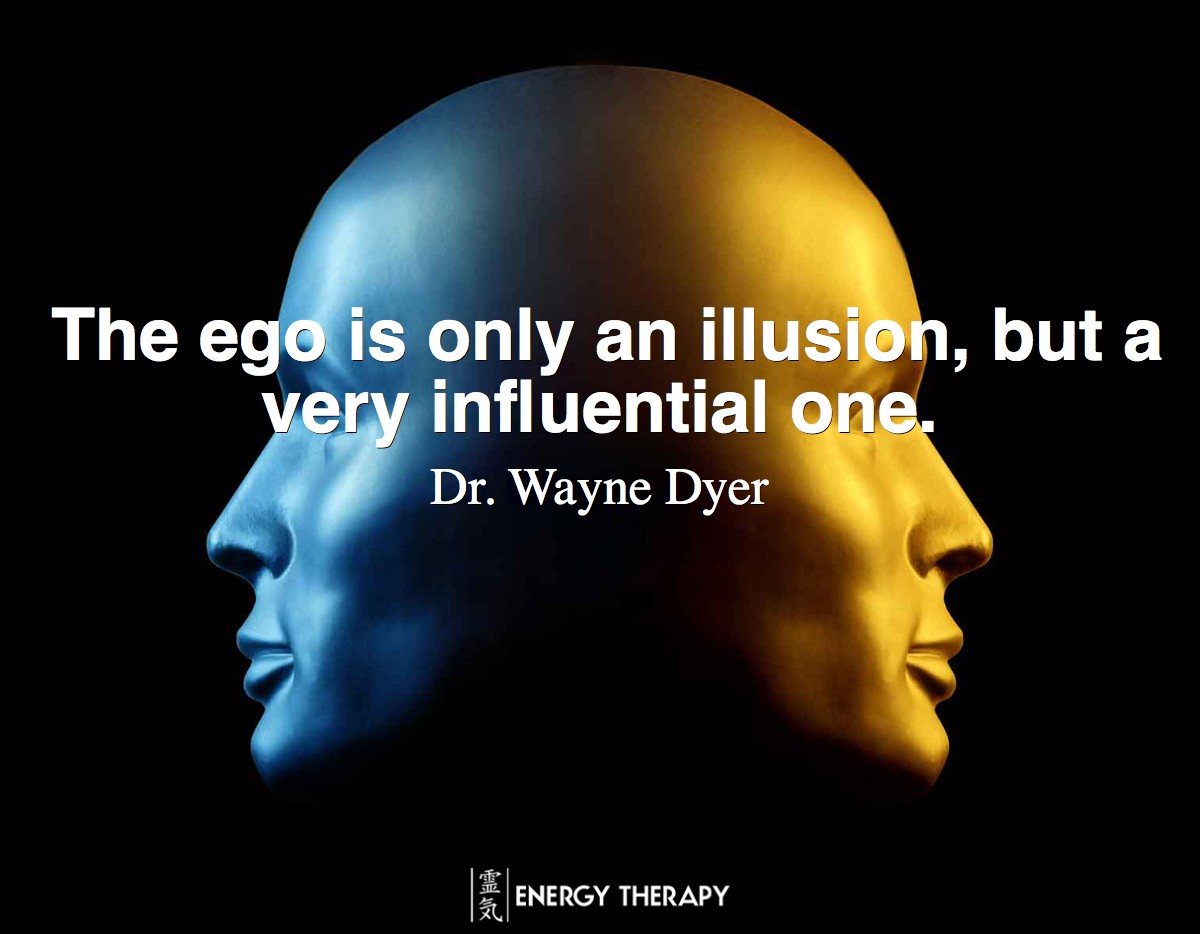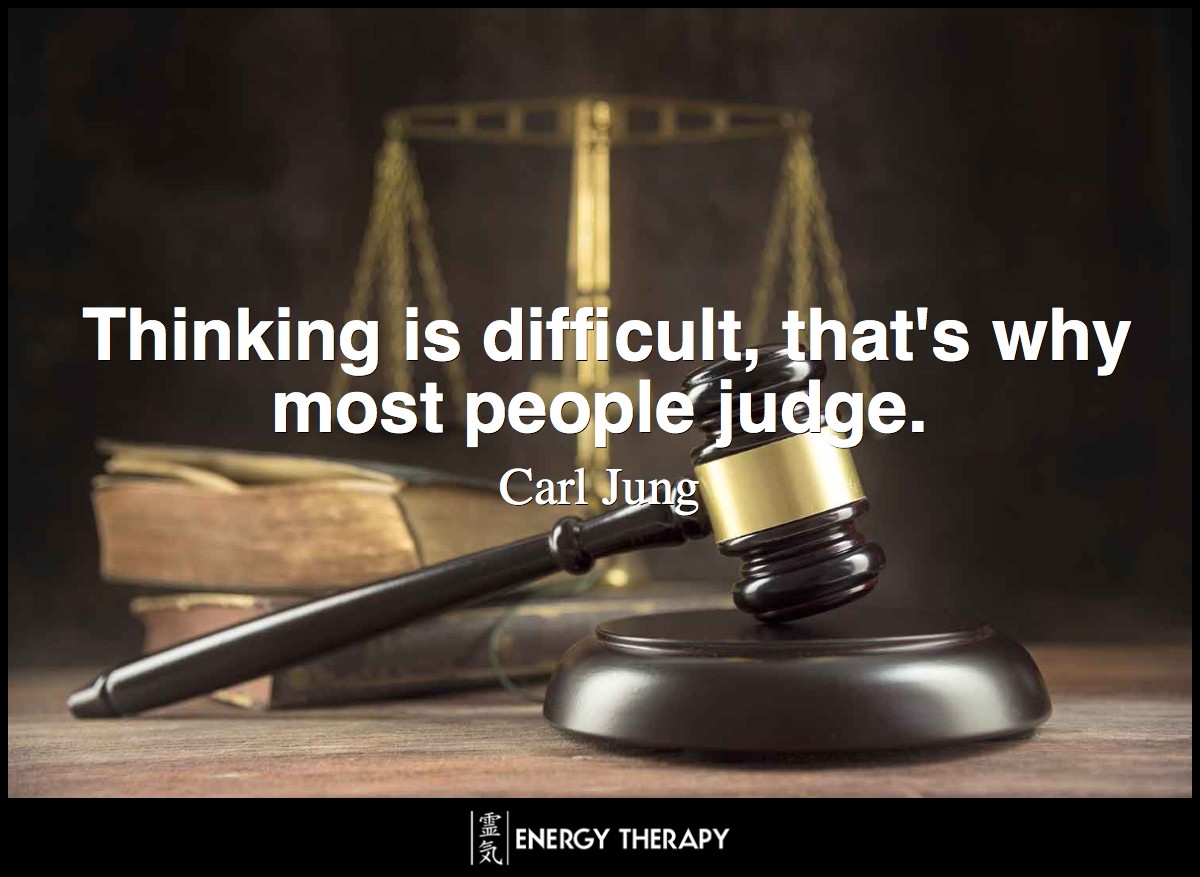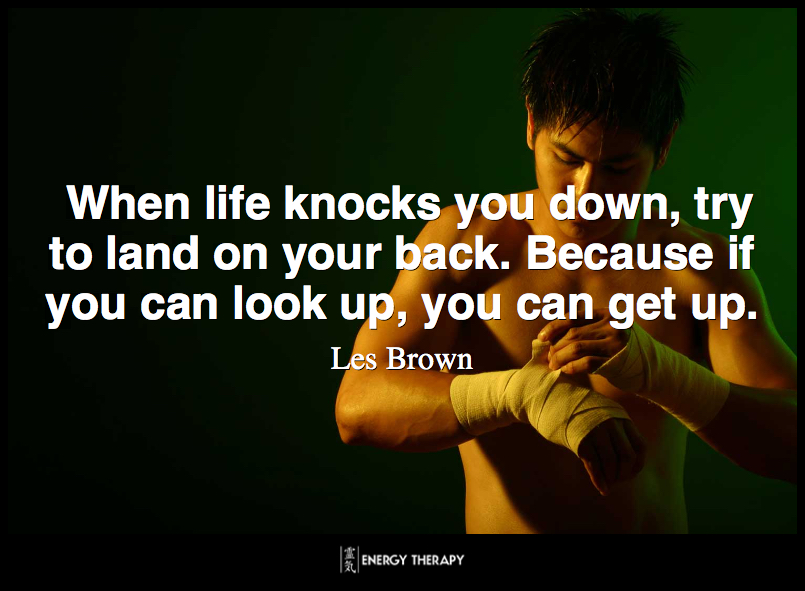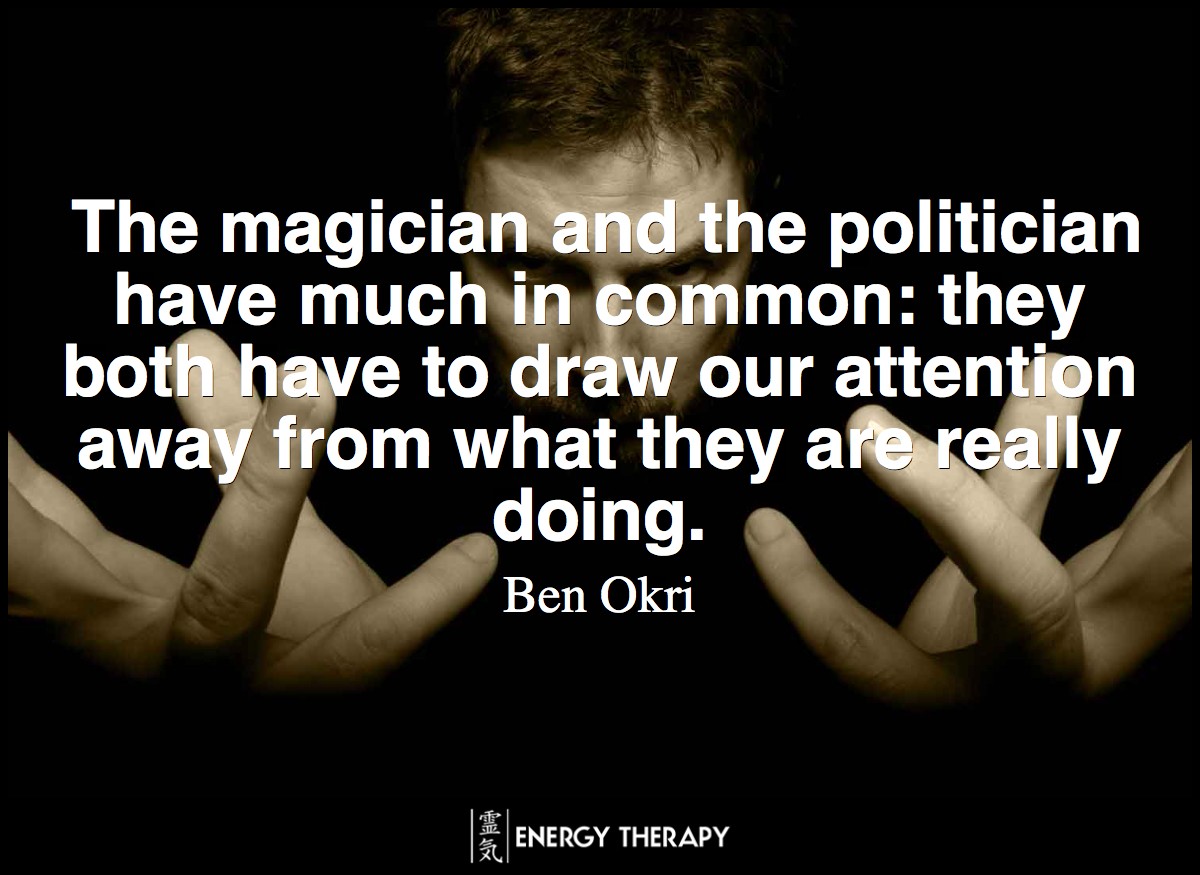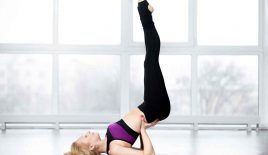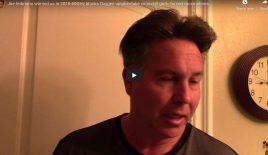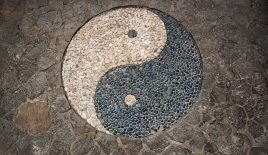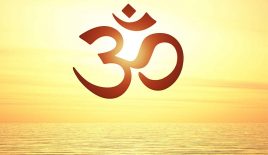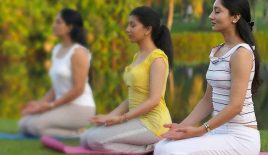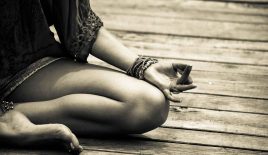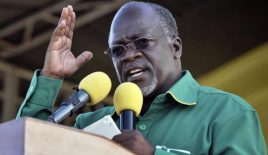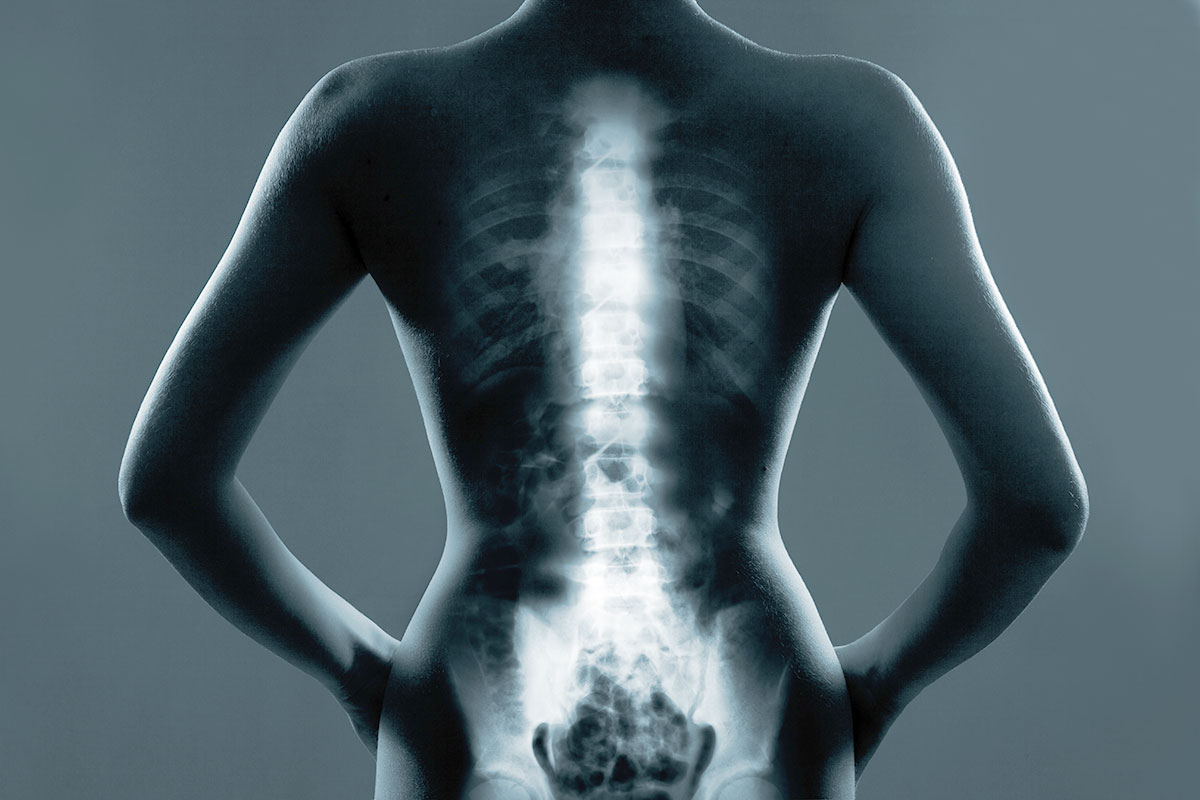This one pose can help compensate for all those hours spent hunched in front of a computer!
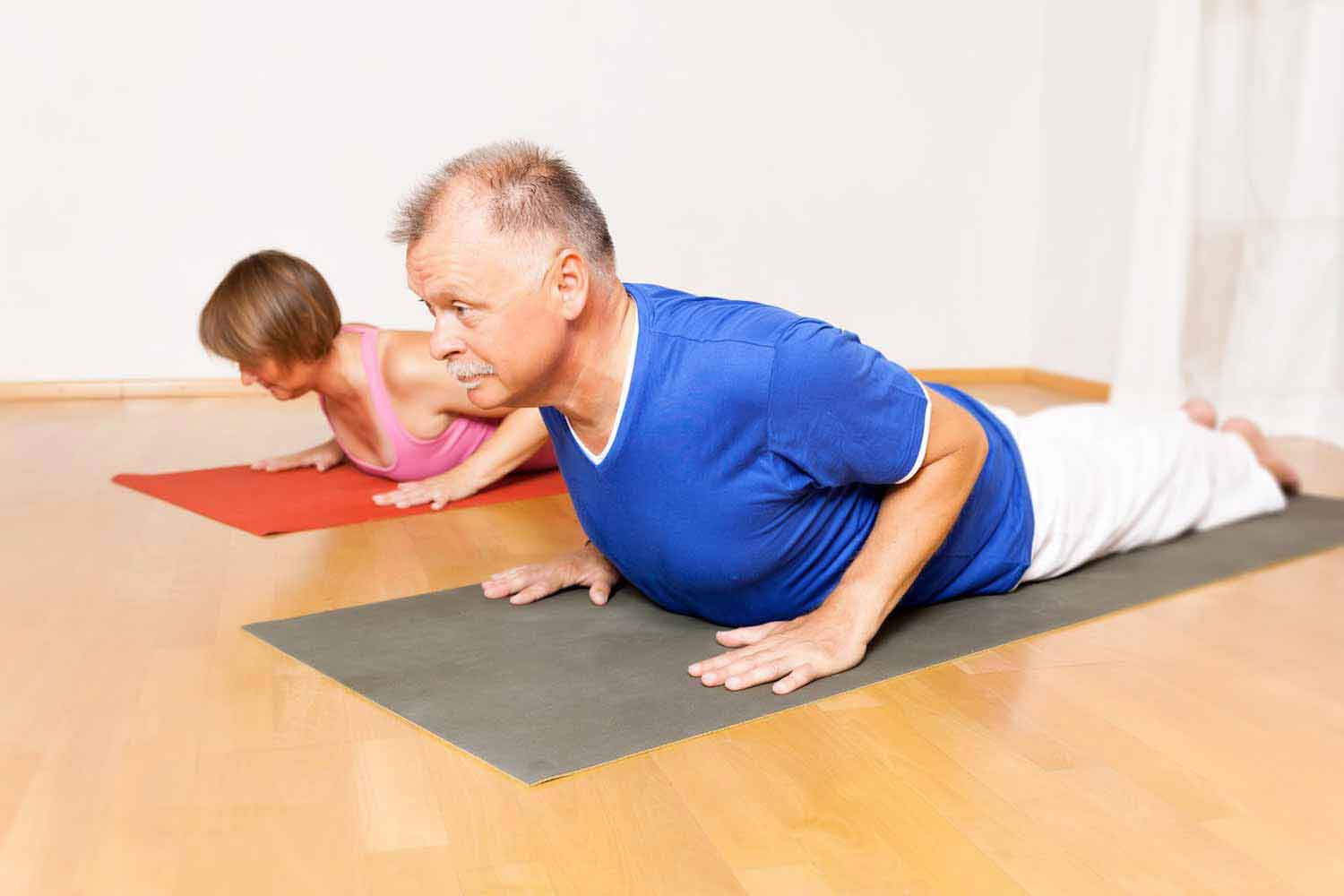
Imagine that you want to learn to play an instrument, say, the violin. When you sit down for your first lesson, do you start with the basic notes or a complex song? The answer, of course, is ‘no’! You start with the basics.
If you launched into a complex song during those first couple of lesssons, you’d probably produce sounds more like a dying cat than a beautiful melody!
The same goes for yoga. If you approach your practice expecting to launch into a perfect backbend on the first try, you’ll be disappointed when you discover you can’t even lift your back off the floor.
Deep, complex backbends are visually dazzling – think of the rounded arch of Full Wheel or the strength and focus it takes to balance in Scorpion pose.
You’ve probably read about their therapeutic benefits: they’re energizing, they can help alleviate depression and back pain, they can even straighten out that unflattering slouch you may have developed from hours in front of a computer. With all that promise, you can easily be seduced into going all-out with this set of poses.
But if you push too hard or skip ahead to complex backbends without first learning the simple, foundational ones, you run the risk of crunching your lower back, depleting your energy, or even stirring up anxiety. In short, your backbends won’t feel melodic or harmonious; they’ll feel more like that screechy, dying cat.
Here’s a way to radically rethink your backbends: Size doesn’t matter. To reap the physical, energetic, and therapeutic effects of backbends, you don’t have to create the deepest arch. Just think of creating a smooth, even arc in your spine. Rather than searching for intensity, search for evenness. You’ll know you’ve found it when your lower, middle, and upper back all have the same degree of sensation.
Cobra Pose and its variations may seem like small movements – they’re sometimes referred to as baby backbends – but they set the foundation for deeper backbends because they teach you how to work your legs, pelvis, and belly. When Cobra is done correctly, your legs provide the power and support for your spine to gracefully extend, and your pelvis and belly act together to decompress and support your lower back, which has a tendency to overarch. As you practice each variation of Cobra, be patient and curious.
Observe how your spine feels and savor the sensations in your body.
Start with Sphinx
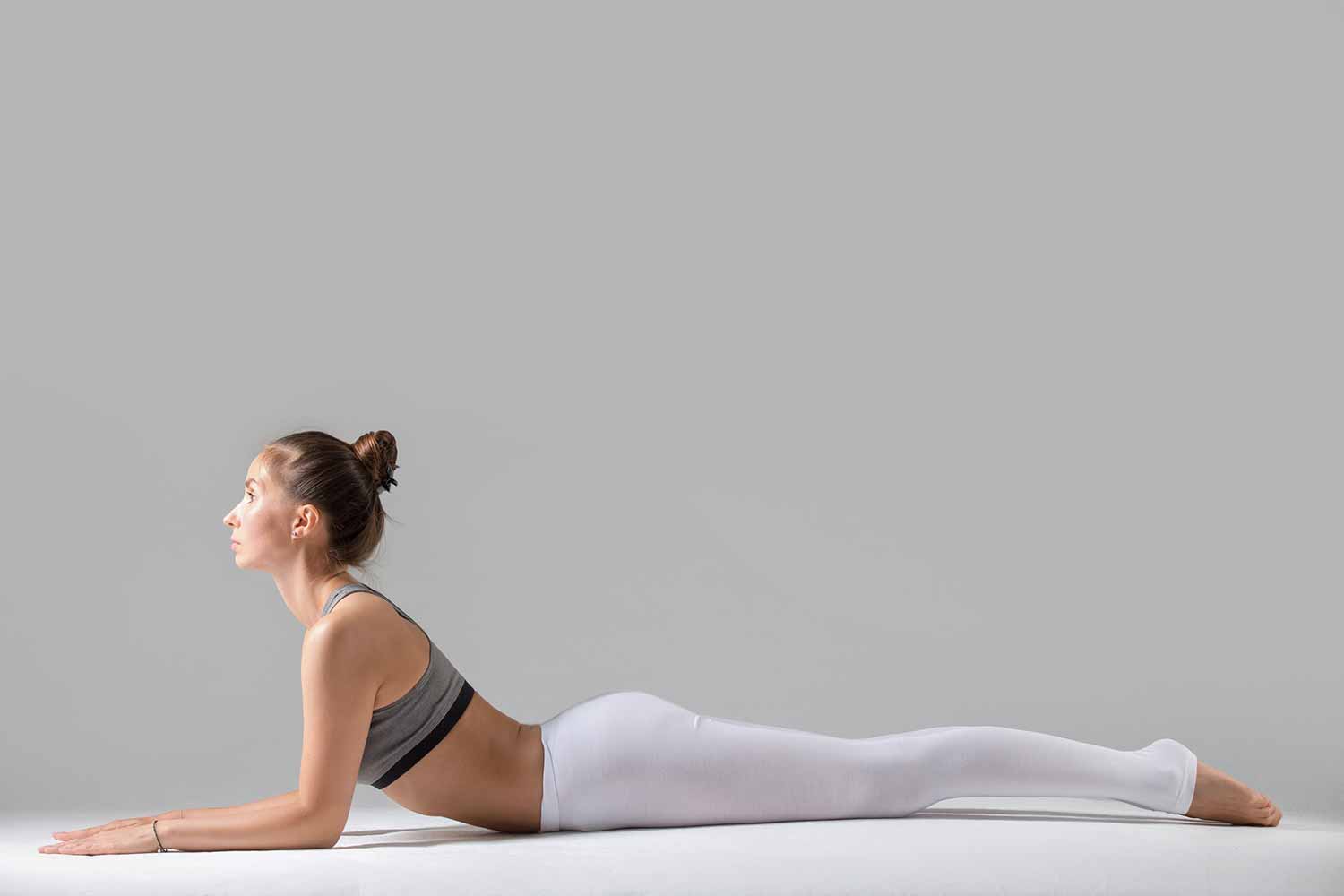
Begin with the infant of the baby backbends – ”Sphinx Pose” – by lying on your belly. Inhale and place your elbows under your shoulders and your forearms on the floor. Exhale, and feel your torso in a mild backbend.
Keep your thighs parallel to each other, firm your muscles, and extend your legs so your toes move toward the wall behind you. Internally rotate your legs by rolling your outer thighs toward the floor. This helps maintain width in your sacrum (the downward-facing triangular bone at the base of your spine) and length in your lower back, keeping it safe from stress. Extend your legs firmly. Stay passive in your tongue, eyes, and mind as your legs wake up.
Next, find the correct placement of your pelvis by reaching your sacrum toward your heels. Be careful—if you’re overzealous and clench your buttocks, you risk crunching your lower back.
The final step to building a solid foundation in Sphinx Pose is to bring awareness to your belly. Focus on your lower abdomen—the part just above the pubic bone and below the navel – and begin to draw your belly away from the floor to create a dome that lifts toward your lower back. This is very subtle – no sucking in, hardening, or rigidity required. This abdominal lift supports you and distributes the curvature of your backbend more evenly, soothing your lower back and awakening your upper back.
Stay for 5 to 10 breaths, then slowly lower your belly and chest to the floor. Turn your head to one side and feel your back broaden and release with each breath.
Move into Low Cobra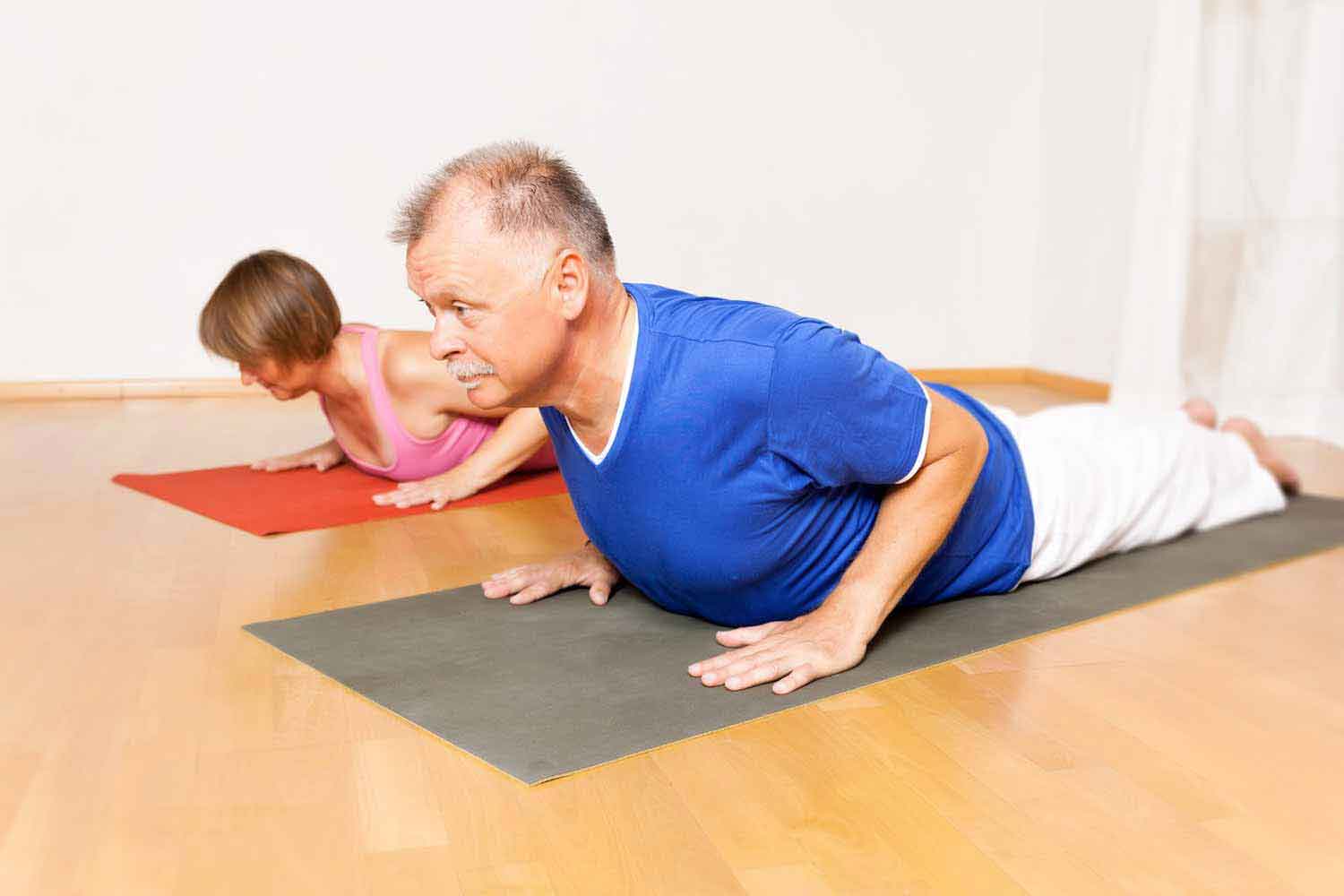
You’ll take a slightly deeper backbend with Low Cobra. From your belly, place your palms on the floor next to your chest, with fingertips in line with the front of your shoulders. Hug your elbows to your sides. Press your hands firmly into the floor and begin to lift your chest into a mild backbend. The muscles along your spine will begin to activate and support you. By engaging your spinal muscles this way, you’ll begin to develop strength and suppleness in your back.
Keeping your elbows drawn into your sides, actively press your shoulder blades into your upper back. Now broaden and expand your chest, pulling your heart forward and up. Imagine your upper chest is a sail that has just caught a gust of wind. As you inhale, that sail rises, broadens, and floats with ease. Work your hands a little more firmly into the floor and allow this updraft to fill out your chest’s natural contours with breath.
Without losing the height of your heart, draw your shoulders away from your ears. Instead of jamming your shoulders into your rising chest – which prevents the free, spacious movement of your heart – glide your shoulders down until your neck feels long and your arms stable and grounded. Continue to emphasize the length of your neck by lifting the base of your skull away from your shoulders. Keep your head perched over your heart rather than jutting your chin forward.
When you are ready to come down, slowly lower yourself to the floor, keeping your torso long. Observe your breath as it pulses through your entire body.
Arc into Full Cobra
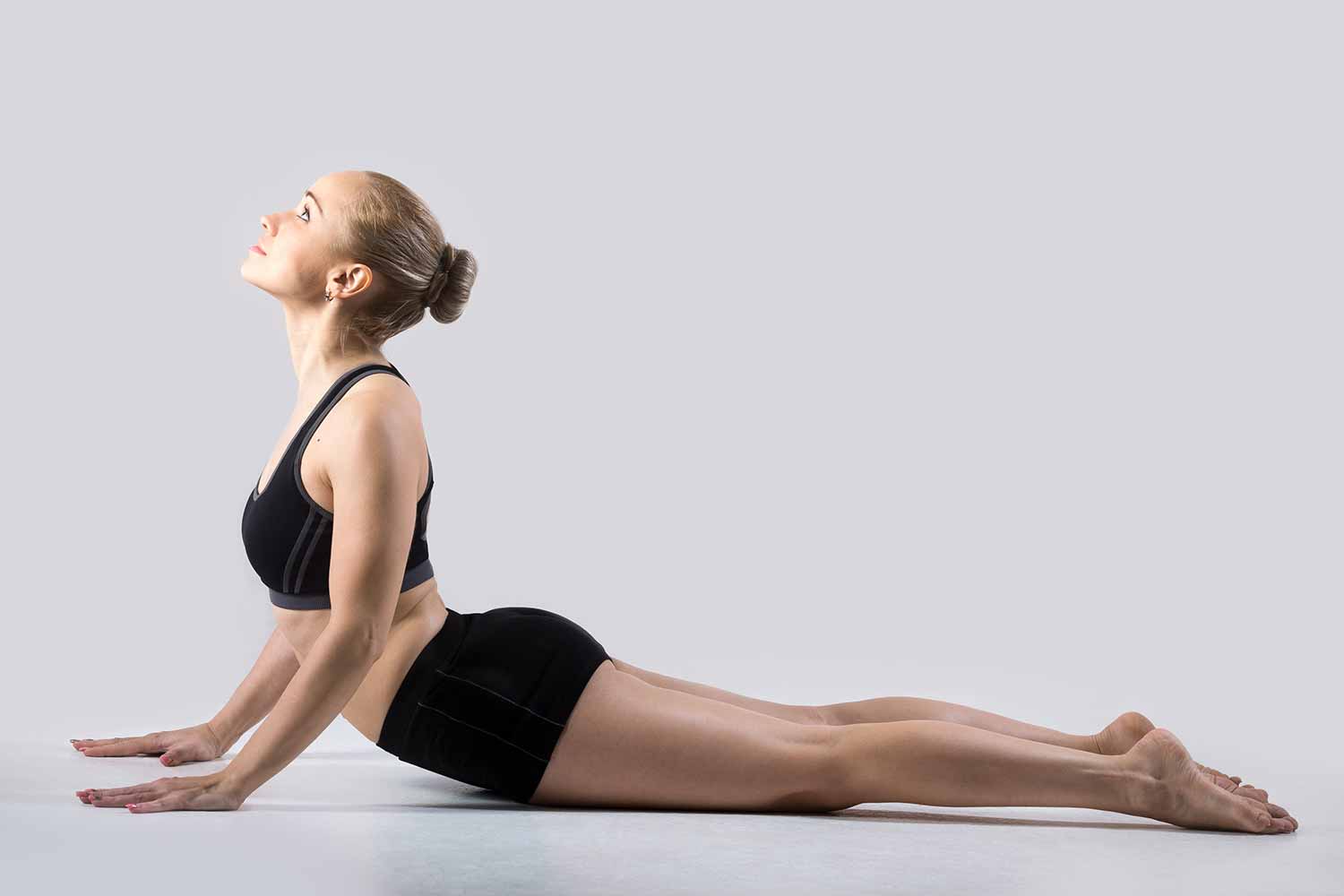
As you move into Full Cobra, it’s essential to tailor the pose to your body and level of experience. Be mindful as you extend your arms and deepen your backbend to create a graceful, even arc; incorporate your upper and middle back into the backbend, rather than overworking and jamming your lower back. Only straighten your arms to the extent that you can truly distribute the sensation throughout your back.
Place your palms on the floor, fingertips in line with the middle of your chest – your hands will be a little closer to your hips this time. As before, extend your legs vigorously, draw your sacrum toward your heels, and firm your belly away from the floor.
Then slowly lift into Full Cobra by pressing your palms into the floor, drawing your shoulder blades into the back of your upper back, and releasing your shoulders away from your ears.
As your spine uncoils and your upper back sweeps into a backbend, reach out through your arms and, if it feels appropriate, straighten your arms. Keep your arms drawn firmly in toward your sides and pull your chest forward, creating spaciousness in your chest and abdomen.
Can you feel that sense of exhilaration that everyone’s been telling you about? What subtle shifts would allow the pose to feel more even throughout your body? Can you integrate the work of your lower body with that of your upper body even in this deeper backbend? Remember, the size of your backbend doesn’t matter.
After 5 to 10 breaths in Full Cobra, release to the floor slowly. Fill your back with fresh breath as you rest; observe the sensations in your spine, the movement of your breath, and the state of your mind.
Build to the Backbend
Before teaching yoga, I worked as a caterer for the San Francisco Symphony. The kitchen and practice room were close to each other, so I could hear the musicians warm up as I worked. I learned something then that continues to inform my yoga practice: Concert musicians spend at least an hour every day playing basic scales and simple compositions before launching into complex scores. Even the most accomplished players don’t jump immediately into the difficult pieces – they build up to them, setting a solid foundation first.
Once you decide that size doesn’t matter in your backbends, you’ll have the patience to learn the proper foundations of the pose, such as how to work the legs, pelvis, belly, arms, and chest. And, just as a concert musician practices scales to prepare for a stellar performance, you’ll feel how the foundations of Cobra Pose pave the way for all of your backbends to be more harmonious.
Originally written by Jason Crandell, and published on Yoga Journal
Enjoyed this article and want to know more? Here are some easy steps you can take right now…
- Book a life changing “remote healing session” with Soul Guidance with Jaime: https://www.energytherapy.biz/energy-healing-with-jaime-tanna/
- Join Jaime’s fantastic 1 year Energy Coaching Program: Total Frequency Shift — Discover Radiant Health & Freedom
- Sign up for Jaime’s exciting new substack at https://energytherapy.substack.com/https://energytherapy.substack.com/


